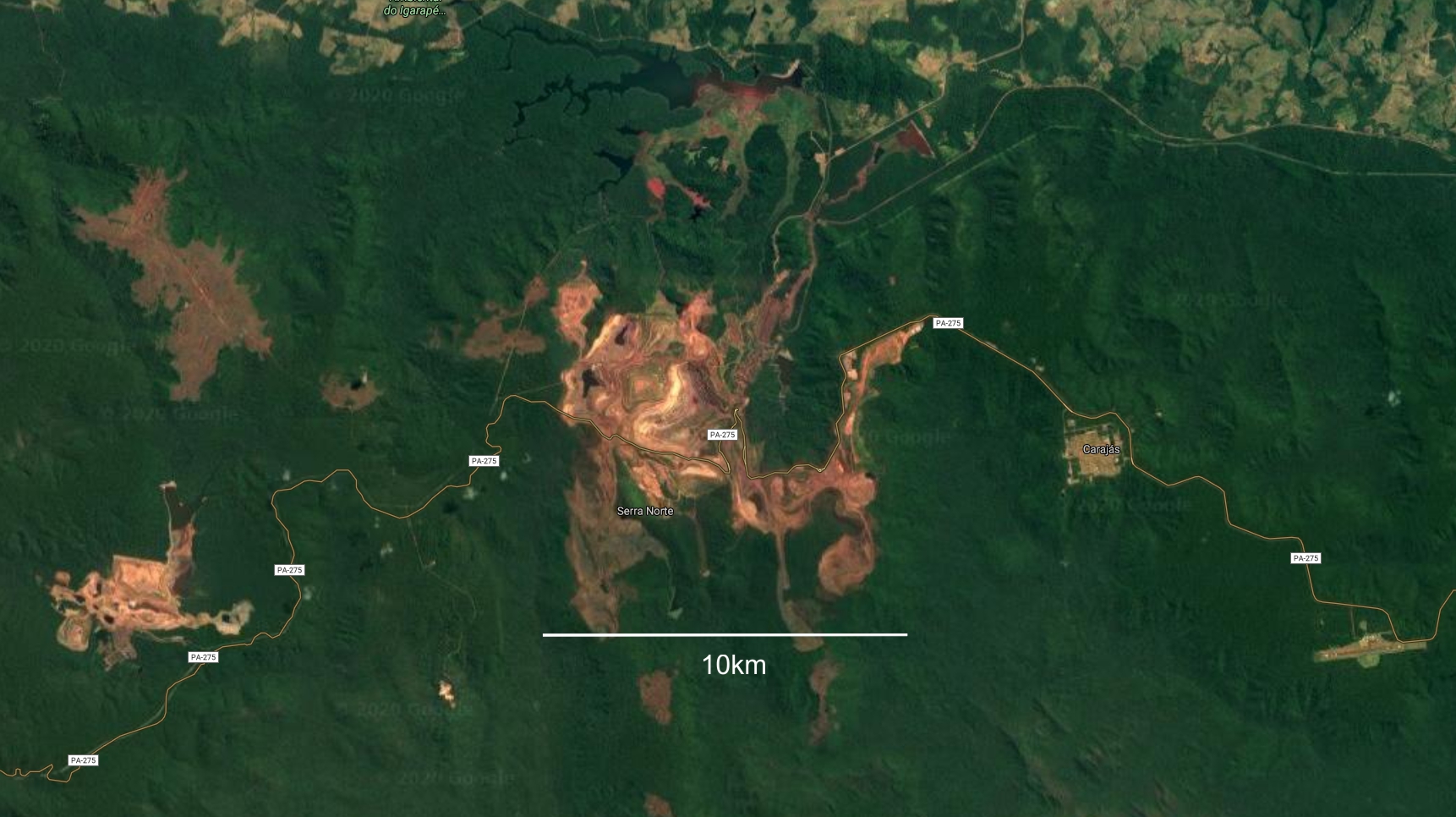The Future of Iron Ore Prices – Includes List of ASX Producers
World iron ore production in 2018 was 2.5B tonnes, with the largest producers being Australia (900Mt), Brazil (460Mt), China (335Mt) and India (205Mt). The biggest importers were China (69% of all imports), Japan (7.5%), South Korea (4.8%) and Germany (2.7%).
Australia
Australian iron ore production has grown at a CAGR of 8.7% over the past 10 years. However, future growth will be much lower, Fitch Solutions estimates CAGR of only 0.7% for the next 10 years. However, it should be noted that Australia has the world’s largest iron ore reserves of 52B tonnes out of a world total of 170B tonnes. With sustained high iron ore prices, it likely that further production increases will be planned.
| Company | ASX Code | Share Price (c) | Shares on Issue (M) | Market Cap (M) | Project |
| BCI Minerals Ltd | BCI | 25.5 | 399 | 102 | Iron Valley Royalty |
| BHP Group Ltd | BHP | 3655 | 2946 | 107,670 | Pilbara |
| Fortescue Metals Group Ltd | FMG | 1734 | 3079 | 53,389 | Pilbara |
| Grange Resources Ltd | GRR | 25.5 | 1157 | 295 | Savage River |
| Mineral Resources Ltd | MIN | 2715 | 188 | 5,117 | Pilbara, Yilgarn |
| Mount Gibson Iron Ltd | MGX | 73 | 1160 | 847 | Koolan Island |
| Rio Tinto Ltd | RIO | 9986 | 371 | 37,069 | Pilbara |
ASX Listed Iron Ore Producers
China
Economic stimulus in China is the prime reason for the high iron ore price. Expenditure is being directed to infrastructure and housing, all of which requires large amounts of steel. The Chinese authorities say the plan is for slower, more sustainable growth in future.
China is also replenishing low stockpiles at its ports. Domestic iron ore production may also have peaked as smaller, low grade operations are closed.
Brazil
In early 2019 the tailings dam of an iron ore mine operated by Vale SA collapsed, flooding part of the town of Brumadinho. A total of 259 people were killed and a number are still missing. This resulted in the closure of several mines due to safety concerns. Elsewhere heavy rains caused severe disruptions.
In 2020 several iron ore mines were closed as a result of the coronavirus, through government-mandated shut down. Production for 2020 is nonetheless expected to be around 417M tonnes, compared with 460Mt in 2018.
New mine development is several years out with production by 2024 expected to be around 500M tonnes. China has constructed 11 new berths for the huge Valemax vessels which can carry 400,000t, compared with 250,000t for Australian vessels. Use of these vessels substantially reduces shipping costs, where Australia currently has a significant advantage.
Carajas owned by Vale in Brazil – The world’s largest Iron Ore Mine
Africa
South Africa, Algeria and Mauritania produce iron ore for export and Morocco and Zimbabwe produce ore for local use. Many African countries have untapped iron ore deposits, development has been hampered by country risk and poor or non-existent infrastructure. However China wants to reduce its reliance upon Australia and Brazil and is planning to develop at least some of these deposits.
A China-backed consortium is looking to develop Simandou, in southern Guinea. It is the world’s largest and highest grade undeveloped deposit but infrastructure is poor. It is estimated to cost up to USD20B to develop over 5 years.
Conclusion
Current high prices are unlikely to be sustained. CME Group has Globex Futures for 62% Fe iron ore CFR China gradually declining from USD127/t in September 2020 to USD78/t in December 2023.
This downward trend is reflected in most commentary. For example, Bank of America sees USD75 in 2022 and USD71.70 in 2023.
This is a bullish outlook for producers, given that the price spent years below USD80 from late 2014 until early 2019 and as low as USD40 in early 2016.

